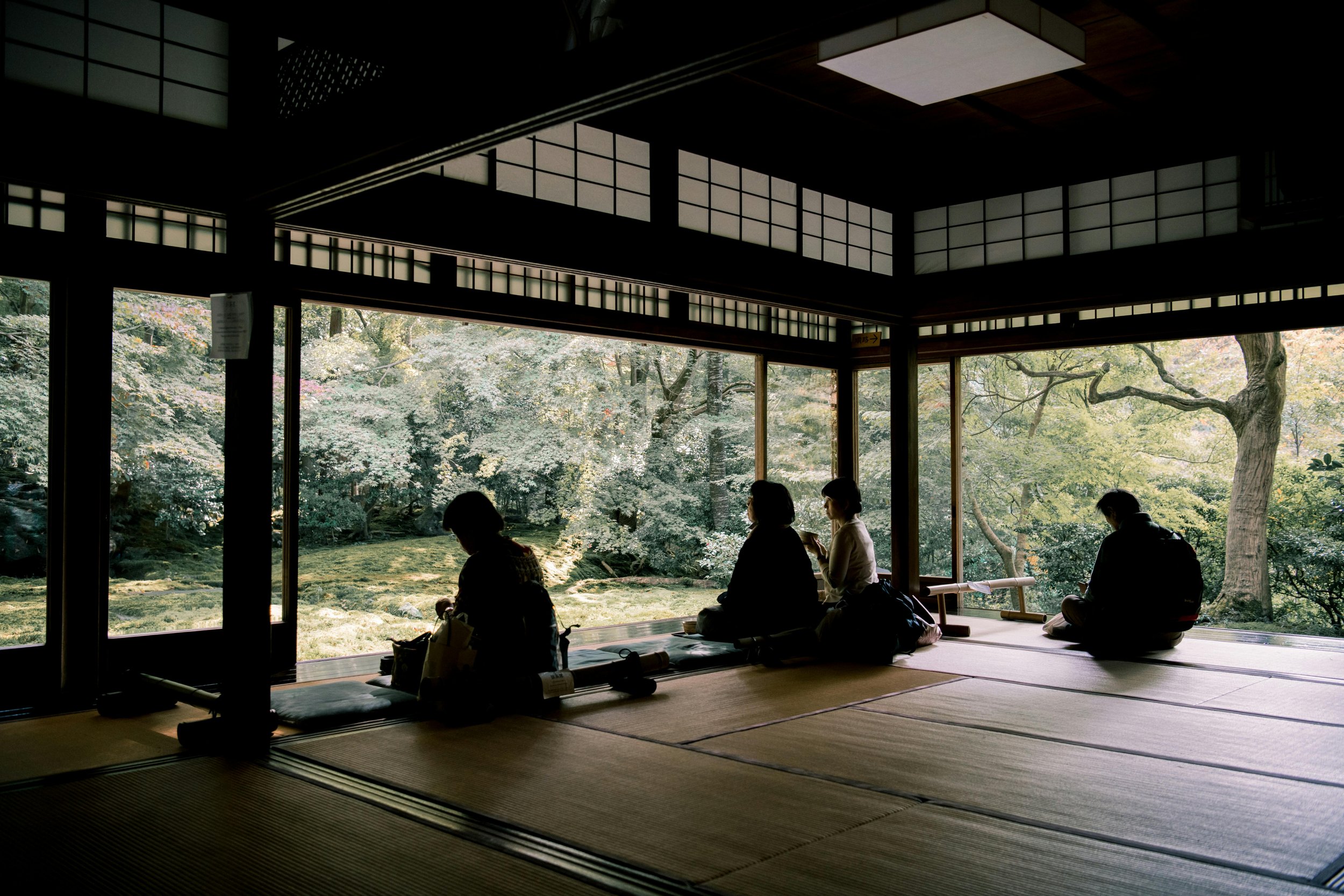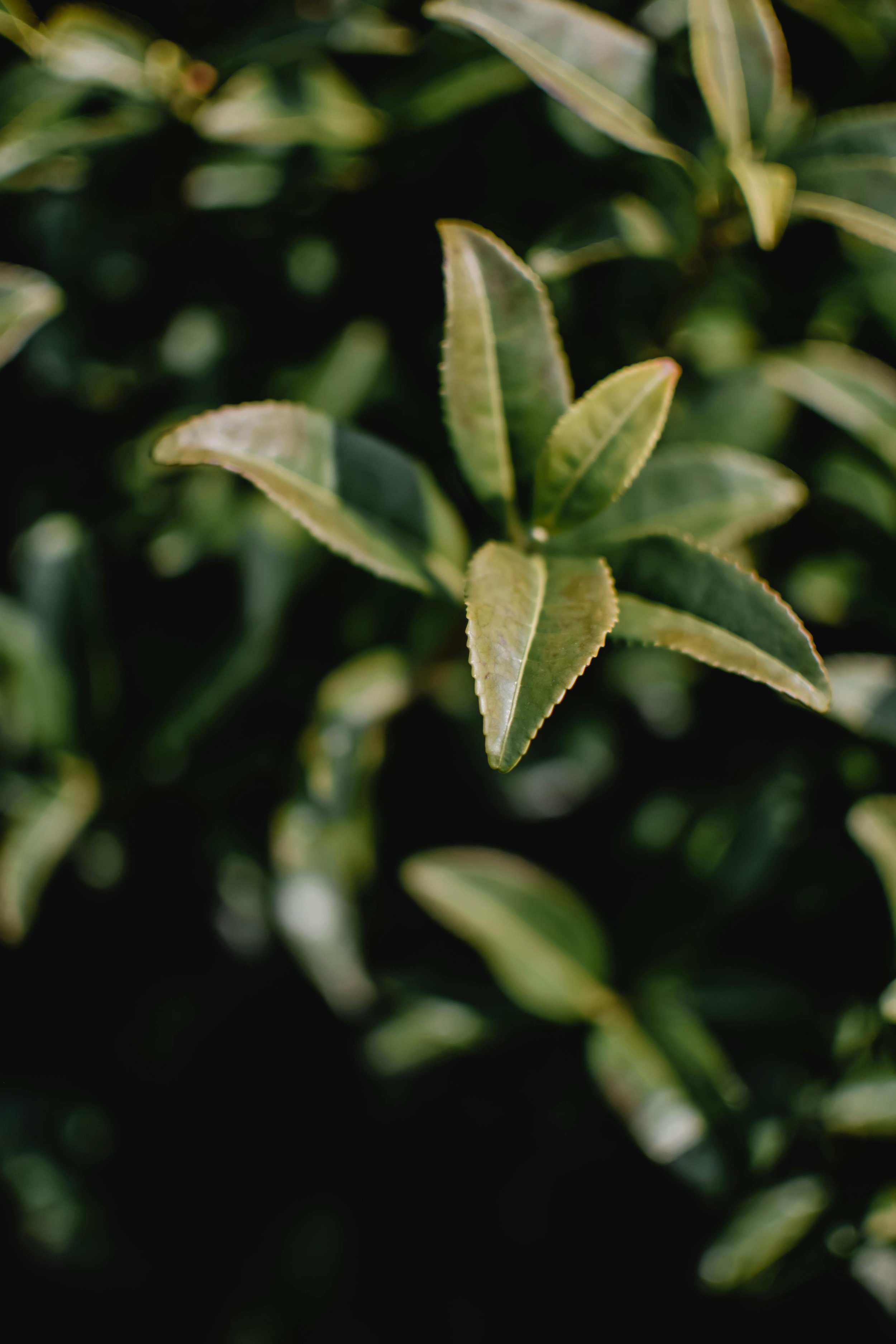Education
“Matcha” (抹茶):
“Ma” meaning rubbed or ground. “Cha” meaning tea.
What is it?
Matcha is a finely ground green tea powder made from tencha leaves, which are shade-grown before being carefully harvested, processed, and milled into a vibrant green powder. Its roots trace back to Japan’s early history, where it became a central element of traditional Japanese tea ceremonies, celebrated for its distinct taste and impressive health benefits.
Packed with caffeine and L-theanine, matcha promotes both focus and relaxation, making it a unique alternative to coffee. It’s also loaded with antioxidants that support metabolism and heart health. Unlike coffee, matcha releases its caffeine more gradually, offering sustained energy without the jitters. This quality, combined with its versatility in drinks like matcha lattes, has made it the most popular caffeine alternative and health drink choice for health-focused people across the world.
When did matcha originate?
While matcha is now closely associated with Japanese culture, its origins trace back thousands of years to China during the Tang Dynasty. At that time, tea leaves were steamed, shaped into bricks for easy storage and trade, then roasted and ground into a fine powder. This powdered tea could be mixed with salt and water for consumption, laying the groundwork for the concept of matcha.
The introduction of powdered tea to Japan is credited to a Buddhist monk named Eichu, who presented it to Emperor Saga of Japan. Over the next few centuries, Japanese monasteries embraced the practice of drinking tea, intertwining it with Zen philosophy. In the 12th century, another Zen monk, Eisai, refined the process by grinding tea leaves into a fine powder and named it matcha, calling it the “Elixir of the Immortals.” Matcha’s unique ability to promote focus and calm made it an essential part of meditation rituals in Zen monasteries. This simplicity and mindfulness became central to the Japanese Tea Ceremony, a tradition deeply rooted in Zen values of harmony, inner peace, and minimalism.
How is matcha created?
The art of matcha production that has been carried on for generations ensures a high quality, delicate product that keeps its complexity of flavours, colour and health benefits. Here is a detailed break-down of this multi-step process that gets MatchD in your kitchen:
Step 1: Growing tea plants in Japan. Cultivating tea plants in Japan is essential due to the country's ideal climate, mineral-rich soil ,generations of expertise, cultural significance, and strict quality standards ensure Japanese matcha remains unparalleled in quality and deeply rooted in heritage.
Step 2: Shading the plants to enhance their flavour and nutrients. Japanese farmers use a specialised shading method to grow matcha, covering the tea plants for several weeks before harvest. This process increases chlorophyll levels, giving matcha its vibrant green colour and rich umami flavour.
Step 3: Carefully harvesting the leaves at the right time - the younger the leaf, the better. The best matcha comes from first-harvest leaves because they are younger, more tender, and packed with nutrients. During the shading period before the first harvest, the plants produce higher levels of chlorophyll, amino acids like L-theanine, and other compounds that give matcha its vibrant green colour, natural sweetness, and smooth umami flavour.
Step 4: Steaming the leaves. This process called “mushi” in Japanese is done to stop oxidation, preserve their colour, and retain their nutrients.
Step 5: Drying the steamed leaves to create "tencha." The name “tencha” translates to “mortar tea”, meaning “tea for grinding”.
Step 6: Grinding the tencha into a fine matcha powder. A stone mill is used to turn the tencha into a very fine powder that is easily dissolvable in water.
Step 7: Finally, the matcha powder is packaged for use.
MatchD’s organic Japanese matcha powder is made from the finest first-harvest tea leaves, carefully selected by local tea masters from a tea plantation in Uji, Kyoto that has been lovingly maintained by Japanese tea farmers for over 350 years. The flavour profile of our ceremonial matcha is blended by two varieties of finest tea leaves, ”Saemidori” and ”Okumidori” because it has a vibrant green colour and delicate sweetness.
What are the health benefits and science behind matcha?
Unlike traditional green tea where the leaves are steeped and then discarded, consuming matcha involves ingesting the entire tea leaf in powdered form. This means all of the antioxidants, nutrients, vitamins, and health benefits contained in the leaf are fully retained and absorbed in every serving. Here’s a breakdown of these benefits:
High presence of L-theanine.
Matcha contains high levels of L-theanine, which alters caffeine's effects by promoting sustained alertness without the energy crash associated with coffee. L-theanine increases alpha brain waves for relaxation, counters stress signals, and boosts mood, memory, and concentration. It also enhances antioxidant production, protects neurons, and may help reduce age-related cognitive decline. It also plays a unique role when interacting with matcha’s caffeine contents. Caffeine in matcha blocks adenosine, a neurotransmitter that causes tiredness, while working synergistically with L-theanine to deliver smooth, focused energy.
Improved digestion and metabolism.
The high levels of catechins, particularly EGCG, in matcha have also been shown to support gut health by reducing inflammation in the digestive tract and promoting the growth of beneficial gut bacteria. Matcha supports digestion through its high antioxidant content, particularly EGCG, which reduces inflammation and promotes healthy gut bacteria. Its metabolism-boosting properties aid in efficient digestion, while its alkaline nature is gentle on the stomach compared to acidic coffee. Matcha’s chlorophyll helps detoxify the body by eliminating toxins and supporting liver function, and its mild laxative effect can promote regularity.
Extremely high in antioxidants.
Dietary antioxidants protect your cells and tissues from damage caused by free radicals. Matcha is rich in epigallocatechin-3-gallate (EGCG), a powerful catechin with anti-cancer properties that also reduces inflammation, supports healthy arteries, and promotes cell repair. Additionally, matcha’s antioxidants help maintain liver health and lower the risk of heart disease by reducing cholesterol, triglycerides, blood sugar levels, and high blood pressure.
L-Theanine
Epigallocatechin-3-Gallate
Antioxidants
L-Theanine Epigallocatechin-3-Gallate Antioxidants
Why matcha over coffee?
Energy Stability
Coffee: Provides a quick energy spike due to its high caffeine content, often followed by a crash.
Matcha: Offers a smoother, sustained energy boost, thanks to the combination of caffeine and L-theanine, which promotes focus and calmness without the post-caffeine slump.
Health Benefits
Coffee: Contains antioxidants but may cause acidity, dehydration, and anxiety in some people when consumed excessively.
Matcha: Packed with antioxidants (especially EGCG), matcha supports metabolism, detoxification, and heart health, all while promoting relaxation and mental clarity.
Mindful Consumption
Coffee: Often consumed quickly and habitually, sometimes contributing to dependency and overuse.
Matcha: Emphasises mindfulness through its preparation, offering a calming ritual that aligns with wellness and holistic living.
How much could it cost you to make matcha at home compared to buying at a cafe?
At a cafe, typically you’re spending anywhere between $8-$13 for a cup of matcha. If you’re buying one cup of matcha a day that easily comes to around $60-$90 per week (and more if you’re also adding alternative milks and sweeteners). Just for 7 matcha lattes that might not even be using ceremonial grade matcha.
When you buy Match.D’s powders you’re only spending $3-$5 per cup of matcha. If you make one cup of matcha a day you cut your costs by up to $70 per week AND you’re guaranteed to have delicious, top-grade ceremonial grade matcha every time.
References
Ware, M. (2021). 7 Proven Benefits of Matcha Tea. Healthline. Retrieved from https://www.healthline.com/nutrition/7-benefits-of-matcha-tea
Morishima, S., Kawada, Y., Fukushima, Y., Takagi, T., Naito, Y., & Inoue, R. (2023). A randomized, double-blinded study evaluating effect of matcha green tea on human fecal microbiota. Journal of clinical biochemistry and nutrition, 72(2), 165–170. Retrieved from https://doi.org/10.3164/jcbn.22-81
Harvard T.H. Chan School of Public Health. (2024). Daily matcha may benefit brain, heart, gut health. Food, Nutrition, Diet. Retrieved from https://www.hsph.harvard.edu/nutritionsource/food-features/green-tea/












